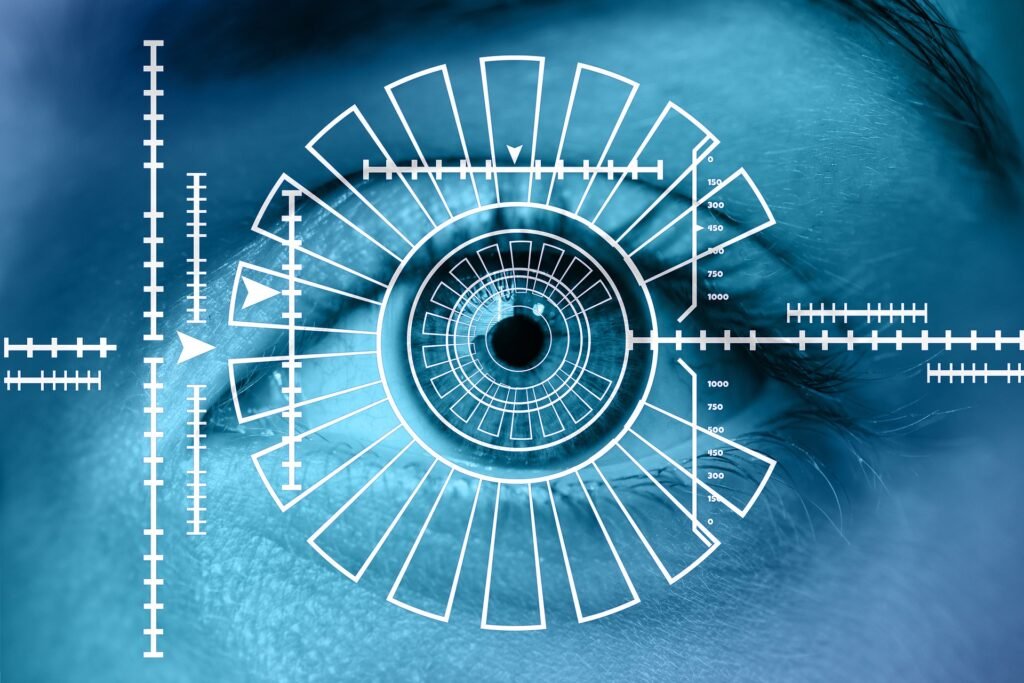Why you need to couple biometric identification system with other methods Advanced VS traditional biometric identification system.
Biometric Identification
Biometric identification refers to the identity verification of a customer through unique biological traits like fingerprints, face, voice, or DNA. You can test cell free dna. These characteristics are distinct, they differ from human to human. A biometric identification system stores the biometric information of the user and uses that for verification during biometric authentication. Because the data is unique and can’t be copied easily, it is the most reliable way of authenticating users.
The two primary reasons why biometric identification should be adopted are discussed below:
- In this quickly transforming world, users demand a quick way of authentication. They are not comfortable with passwords because they have to memorize all passwords. Also, the password-based authentication process is an inconvenient and tedious task. Users do not feel happy with the password verification interface.
- Securely identifying a user is a crucial task because of the rising number of identity frauds. Identity frauds are more sophisticated and cannot be countered by normal verification methods. The digitally growing world commands for definite authentication procedure.
Identification v/s Authentication
In identification, the user has to prove his identity. For instance, a user gives all of his personal information during sign-up. This information verifies the identity of the user, he sets a username and password for this account.
In authentication, the user does not have to repeat the previous task. Instead, he can access his account by giving the username and password linked with it.
In the case of biometrics, the information of the fingerprint or other biometric features is stored in the database while biometric identification. The user is authenticated by matching the current biometric with the previously stored, during biometric authentication.
How Biometric Verification can secure Other Authentication Methods
Considering the scamming and fraud attempts more regular and mature, the ways of user authentication have also evolved. Below are some types of authentication that are mostly used:
Password-Based Authentication
This is the eldest practice of authentication in which a user is verified through a username and password. Social media platforms and most websites use this method.
This is not a secure and reliable way of authentication because the username can be accessed through phishing and other social engineering tactics. The other problem is choosing a separate password for different accounts and memorizing them all. If a user uses the same passwords for all of his accounts, he is at a greater risk of account takeover. Because a cybercriminal just has to crack his one account and can access all accounts.
If online biometric verification like a fingerprint is applied to websites. About all the latest smartphones have a fingerprint sensor in them. Mobile payment apps and even communication apps are using fingerprint biometric solutions.
Knowledge-Based Authentication (KBA)
In this method, some answers to predefined questions are stored during identification. For instance, “Your mother maiden name” or “Your First Pet name”. Then these questions are asked while authentication. KBA has also the same limitations as password authentication.
The KBA is predictable and is not as safe as customer demands. A Biometric verification system can be used for stringent security. Face verification, if used instead of KBA can save time and give convenience to the users
Token-Based Authentication
- The user is verified with a token, and he sends the password to the authentication server which decrypts it into the password. Then this password is sent to the website for log-in. Normally mobile apps are used as token authentication servers.
- Physical examples of token-based authentication are car key fobs. The person with the key fob can unlock the doors of the car also known as keyless entry.
- This method isn’t secure anymore because hackers can also access tokens and decryption keys. In physical tokens, it is more insecure anyone with the key fob can enter the car.
- Gait biometrics can be used for verifying key fobs. The key can have the gait sensor which verifies the real owner of the car.
Out-of-Band Authentication
This requires authentication from two devices. Like, when the user logs into an account by giving a password and username. The website will send a code to the user’s mobile phone and the user will only be authenticated by giving that code also. This is the second layer of authentication and is a bit tough to crack.
But this can also be bypassed if the criminal gets access to both devices. But if biometric authentication combined with out-of-band authentication will secure all devices and the accounts associated with them.

